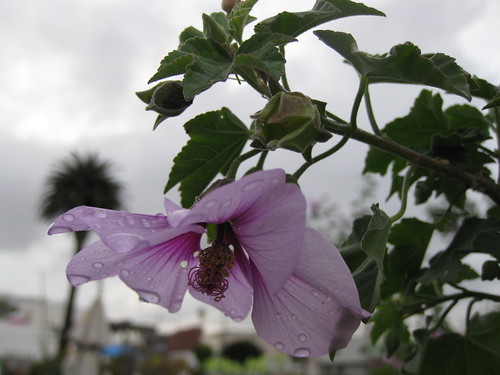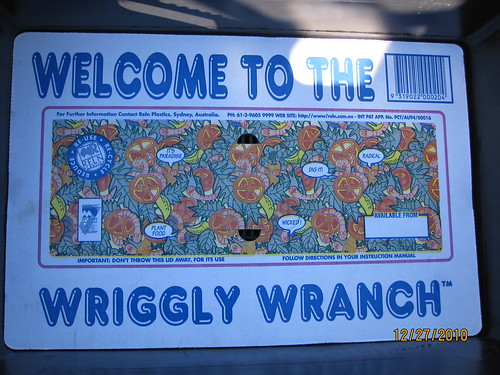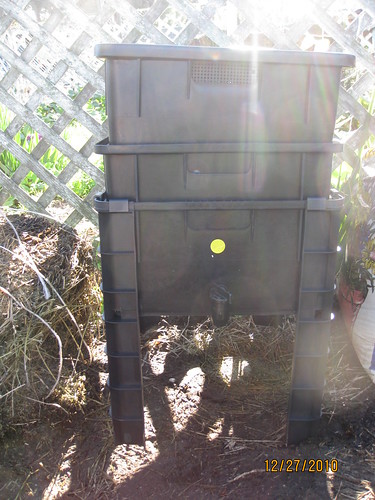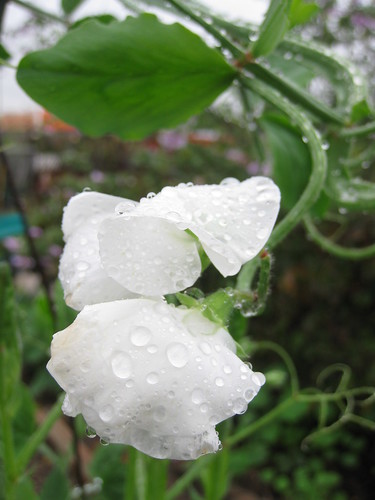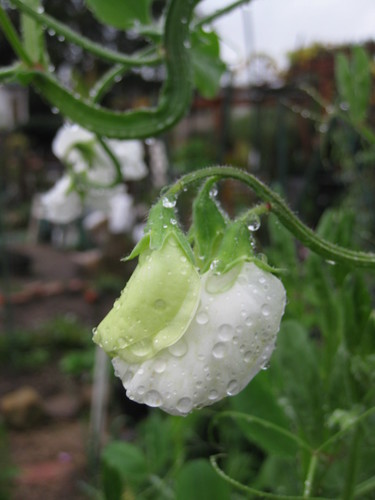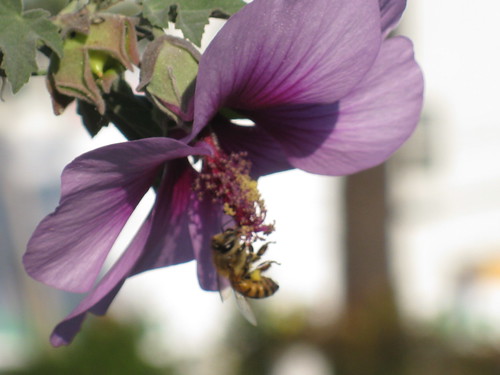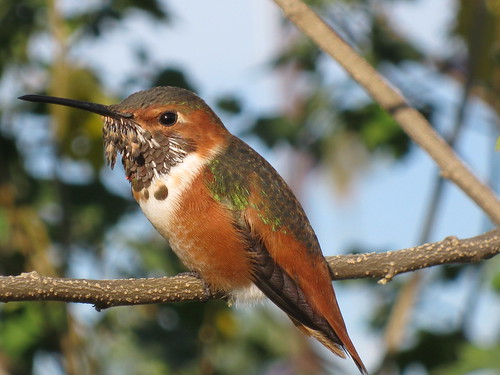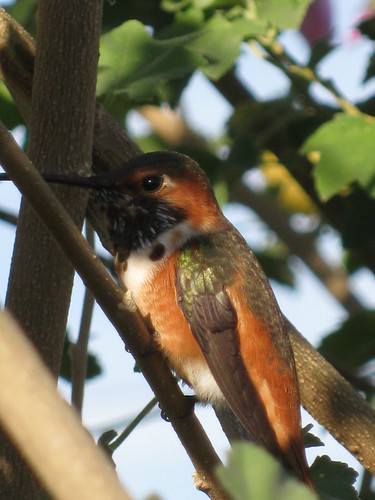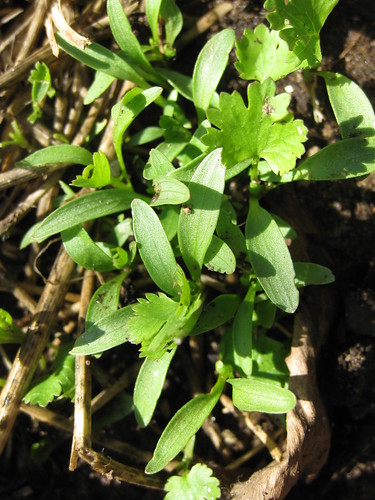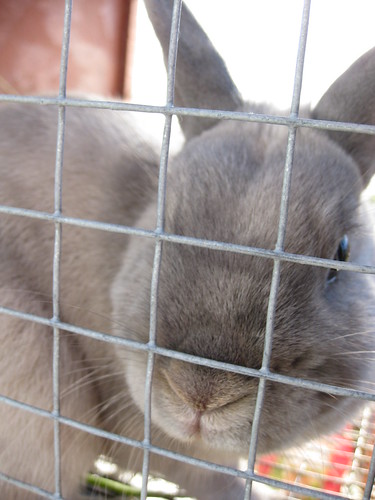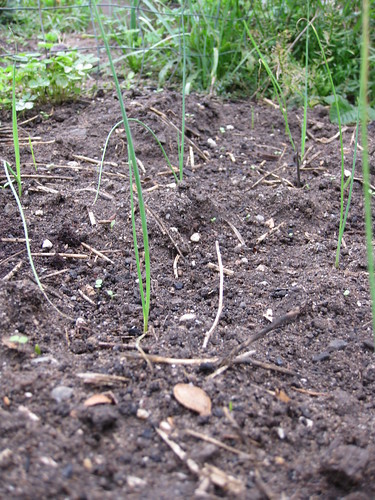My fail-safe plant, the one I can rely on to germinate and grow, is cilantro, gorgeous and fragrant.
As a garden seeder, I never know what will come up after sowing. Not only that, I know the bazillions of slugs in my garden lie in wait for any new shoot, probably drooling in their sleep each day.
However, cilantro rules. All year.
Sow thick
I sow seeds, thick, every few weeks in microplots, usually in between plants.
Mulch well
I top with an alfalfa mulch, my favorite, and, voila, I see little shoots in a few weeks. Mulching helps retain water as well, essential these Santa Ana days.
Rotate
My rule of thumb: figure out what family your plant belongs to. Your next crop should not be from the same family. Cilantro hails from the Apiaceae family, same as carrots, dill and fennel. I find cilantro is a nice plant to grow after tomatoes (Solanaceae family) and any type of brassicas (from, yup, the Brassicaceae family), such as broccoli, radish and arugula.
I bet I lose a few cilantro shoots to the ravenous hordes of slugs in my garden but I'm now suspecting they prefer other sprouts, such as spinach and lettuce, the ones I never see in my garden.
Family Apiaceae
Coriandrum sativum
